Videos
Feel free to browse our vast video library and educate yourself on neurological related conditions and treatments.
View our full video library or choose from some of our popular videos below.
Cervical Disk Rupture
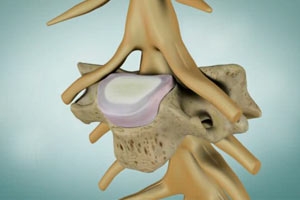
The vertebrae in your spine are cushioned by soft disks. When one of the disks in your neck—the cervical area of your spine—ruptures, the result can be neck pain. Watch this video to find out the possible causes and recommended treatment.
Cluster Headaches
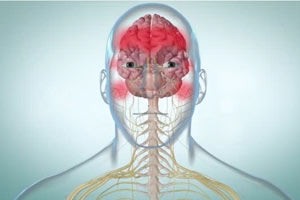
Cluster headaches are uncommon, but when they occur, they bring on severe head pain. The pain is constant, focused in and around one eye. This video discusses the possible causes of this type of headache and recommended treatments.
Concussion
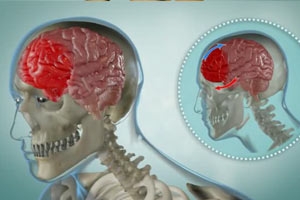
A concussion is an injury to the brain caused by a blow to the head, or by striking the head on another object. It may result in loss of consciousness or confusion, but the effects usually resolve in a few hours or days. This video explains what happens during a concussion, how it should be treated, and what preventive steps to take.
Epilepsy
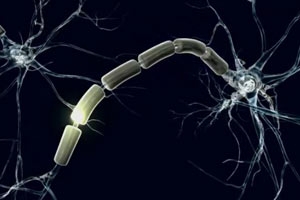
Epilepsy is a seizure disorder that affects thousands of adults and children. A seizure is when the brain has a burst of abnormal electrical signals over a short period of time. These signals cause the body and brain to react in certain ways. This video discusses the causes of epilepsy and what treatments are available.
Febrile Seizures
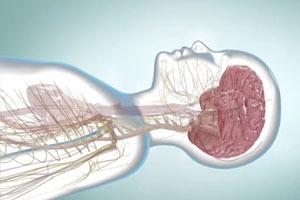
Febrile seizures are seizures that occur during a fever. They are one of the most common nervous system problems of childhood. They typically appear between 6 months and 3 years of age. This video looks at the possible causes, typical symptoms, and what you should do as a parent.
Hemorrhagic Stroke
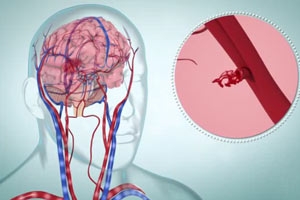
Hemorrhagic stroke happens when a blood vessel in the brain breaks or bleeds. This causes brain cells to die. Stroke can take away your ability to do certain things, like speak or walk. Learn the symptoms of hemorrhagic stroke and what you can do to lower you chances of having one.
Ischemic Stroke
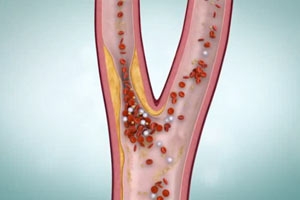
Ischemic stroke is the most common type of stroke. It is caused by a blocked artery in the brain. Learn about the risk factors for ischemic stroke and what you can do lower your chances of having one.
Keeping Your Back Healthy
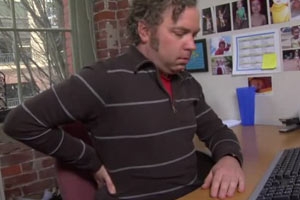
Back pain is one of the most common health problems today. In fact, most people experience back pain at some point in their lives. Normal aging and some physically demanding occupations often cause discs to wear out. Bad posture and poor movement patterns can speed up the process.
Lumbar Degenerative Disk Disease
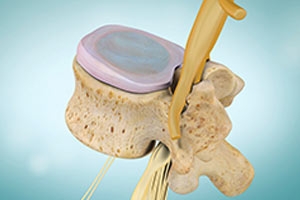
Most vertebrae are separated by flexible disks of cartilage that act like shock absorbers and allow your spine to move. With age, your disks can lose their height and ability to cushion. This process is called disk degeneration. This video explains more about this condition and the treatments available.
Migraine Headache
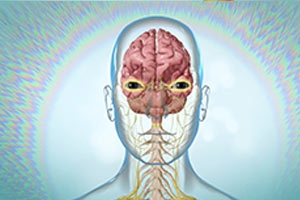
Migraine headaches are intense, recurrent headaches that may occur at any age but usually begin between the ages of 10 and 30 years. The precise cause is unknown, but it is hereditary in up to 80 percent of cases. This video gives additional details about migraines, including their symptoms and effective treatments.
Multiple Sclerosis

Multiple sclerosis (MS) is a slowly progressive disease of the central nervous system. MS damages the protective covering of nerve fibers, which leads to multiple physical problems. In this video, you'll learn about possible causes, the range of symptoms, and treatments available.
Myasthenia Gravis
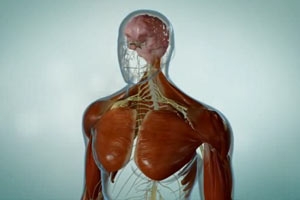
Myasthenia gravis is a disease of the central nervous system characterized by sporadic muscular fatigue and weakness. It occurs chiefly in the muscles of swallowing and chewing, as well as the muscles of the eyes, face, and neck. This video explores possible causes of this disease, as well as available treatments.
Seizures
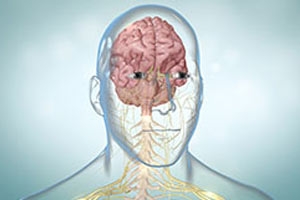
Seizures happen when the brain has a burst of abnormal electrical signals for a short period of time. This video explains why they occur and what treatments are available.
Spinal Stenosis
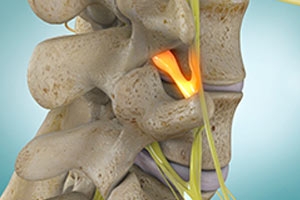
Spinal stenosis is a condition in which the spinal canal narrows and pinches the nerves, resulting in back and leg pain. Spinal stenosis often occurs in older adults, although younger people who are born with a small spinal canal may also develop symptoms. This video explains the condition and what treatments are recommended.
Spinal Tap Procedure
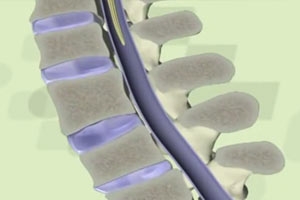
A spinal tap, also called lumbar puncture, is used to take a sample of the fluid from the spinal column to look for infection or bleeding. The most common reasons people need this procedure include severe headache, fever with a stiff neck or vomiting, or confusion. Watch this video to learn what happens during this procedure.
Tension-Type Headache
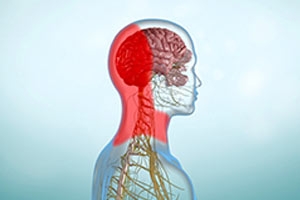
Tension headaches are usually dull, aching, or throbbing headaches often associated with sensations of fullness, tightness, or pressure. The pain involves both sides of the head and neck. In this video, you'll find out more about symptoms, possible causes, and recommended treatments.